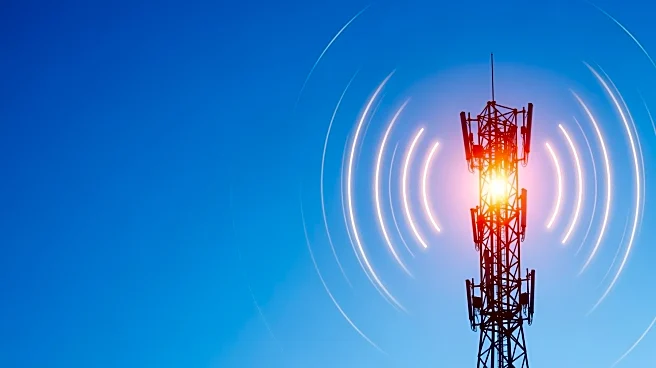What's Happening?
Meta and its consortium partners have announced the completion of the core 2Africa subsea cable system, which is now the world’s longest open-access subsea network. The system connects East and West Africa in
a single loop and links the continent to the Middle East, South Asia, and Europe, covering 33 countries. The cable uses advanced engineering features to expand capacity, including a 16-fiber-pair SDM design and undersea optical switching. This development is expected to enhance bandwidth flexibility and resilience, potentially lowering wholesale bandwidth prices and boosting Africa’s GDP.
Why It's Important?
The completion of the 2Africa subsea cable system is a significant milestone in global connectivity, particularly for Africa. By increasing bandwidth capacity, the system is poised to reduce costs and stimulate economic growth across the continent. It supports the expansion of data centers and 5G ecosystems, which are crucial for technological advancement and economic development. The project exemplifies the collaborative efforts of multiple international partners to improve digital infrastructure, which is essential for bridging the digital divide and fostering innovation.
What's Next?
The 2Africa subsea cable system is expected to be fully operational soon, with the Pearls extension scheduled for 2026. This extension will further enhance connectivity and expand the network’s reach. Meta is also planning a more ambitious cable system, Project Waterworth, which aims to connect five continents. As these projects progress, they will likely drive further investment in digital infrastructure and create new opportunities for economic growth and technological innovation.
Beyond the Headlines
The development of subsea cable systems like 2Africa highlights the importance of international collaboration in addressing global connectivity challenges. These projects not only improve access to digital services but also promote economic integration and cooperation among countries. The focus on sustainable and resilient infrastructure is crucial for ensuring long-term benefits and minimizing environmental impact.












